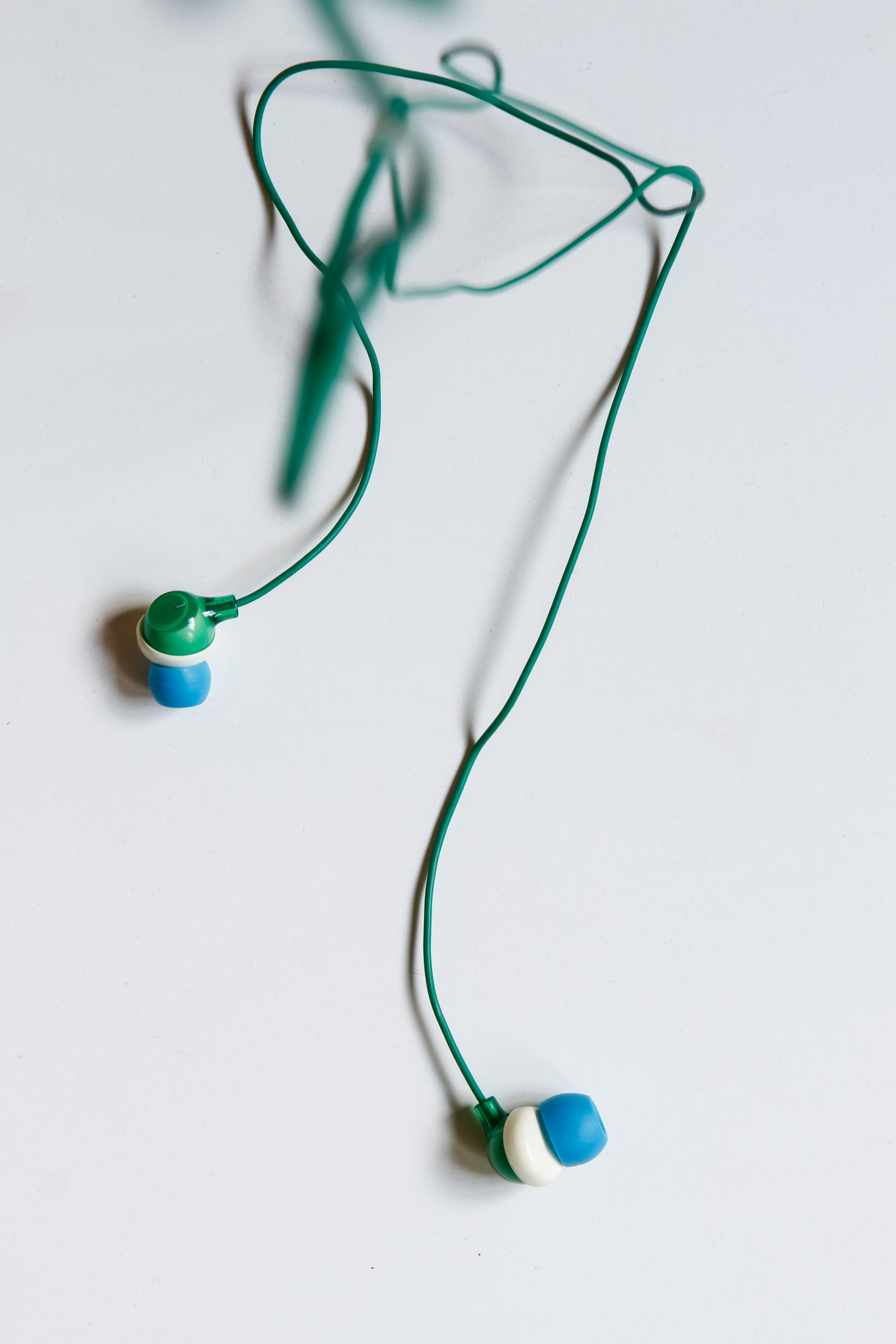When I first decided to take photography more seriously, I went to a local Barnes & Noble and picked up four books:
The first two books were intended to help me understand my camera, the science behind how images are captured and recorded, and become familiar with terminology. Before I read these books, I had no idea what aperture or depth of field meant. I was clueless about what all the different sized lenses implied or in what situations each would be best used. I groaned outloud when I saw the diagrams for proper lighting. Angles? Distances? Speed of light? Refraction? It was all Greek to me; and some of it actually was in Greek (damn you, mathematical equations and sigma symbols!).
It can be overwhelming picking up a camera, seeing all the different settings, not knowing your camera's full potential. If you know me personally, you know that I can't stand not having at least a grasp of what I'm doing. Even little bits of knowledge about the different modes you can shoot in helped me feel less lost.
The second set of books I purchased were for inspiration. I had an appreciation for art in general, but I was even less knowledgable about the history of images, style, composition, etc. than I was about the technical aspects. I'm a big political and social history fan, and those two books give me a nice, linear understanding of how modern photography has evolved and grown over the last 100 years. It was really eye-opening understanding the importance of the first few images that were meant to appear candid but were actually staged (the equipment at the time just would not allow for the same type of quick shots we take for granted today). Prestel Publishing does a fantastic job with these compilation books, picking and curating key pieces throughout history. It was wonderful seeing what elements different photographers throughout time decided to play with and eventually become masters of.
By far, my biggest inspiration is Henri Cartier-Bresson. He is probably one of the most well-known, well-regarded photographers of the modern age. He is considered the father of street style photography and photojournalism. His images are timeless and classic, both familiar but uniquely his. The photo above, "Alicante", was in the Icons of Photography collection, and it was immediately a favorite of mine. That single image taught me that my subjects didn't need dramatic lighting, dramatic poses, layers of makeup, or a traditional model's appearance in order to be beautiful, moving, and interesting. Cartier-Bresson's work is about the moment, the coming together of the subjects existence and the click of your camera. He explained it best:
"To take photographs means to recognize--simultaneously and within a fraction of a second--both the fact itself and the rigorous organization of visually perceived forms that give it meaning. It is putting one's head, one's eye, and one's heart on the same axis."
There you have it. I'm just one of the many fans of Cartier-Bresson, and I'm also a fan of others. But he will always be the one I point to when people ask me how and why I developed my style.






